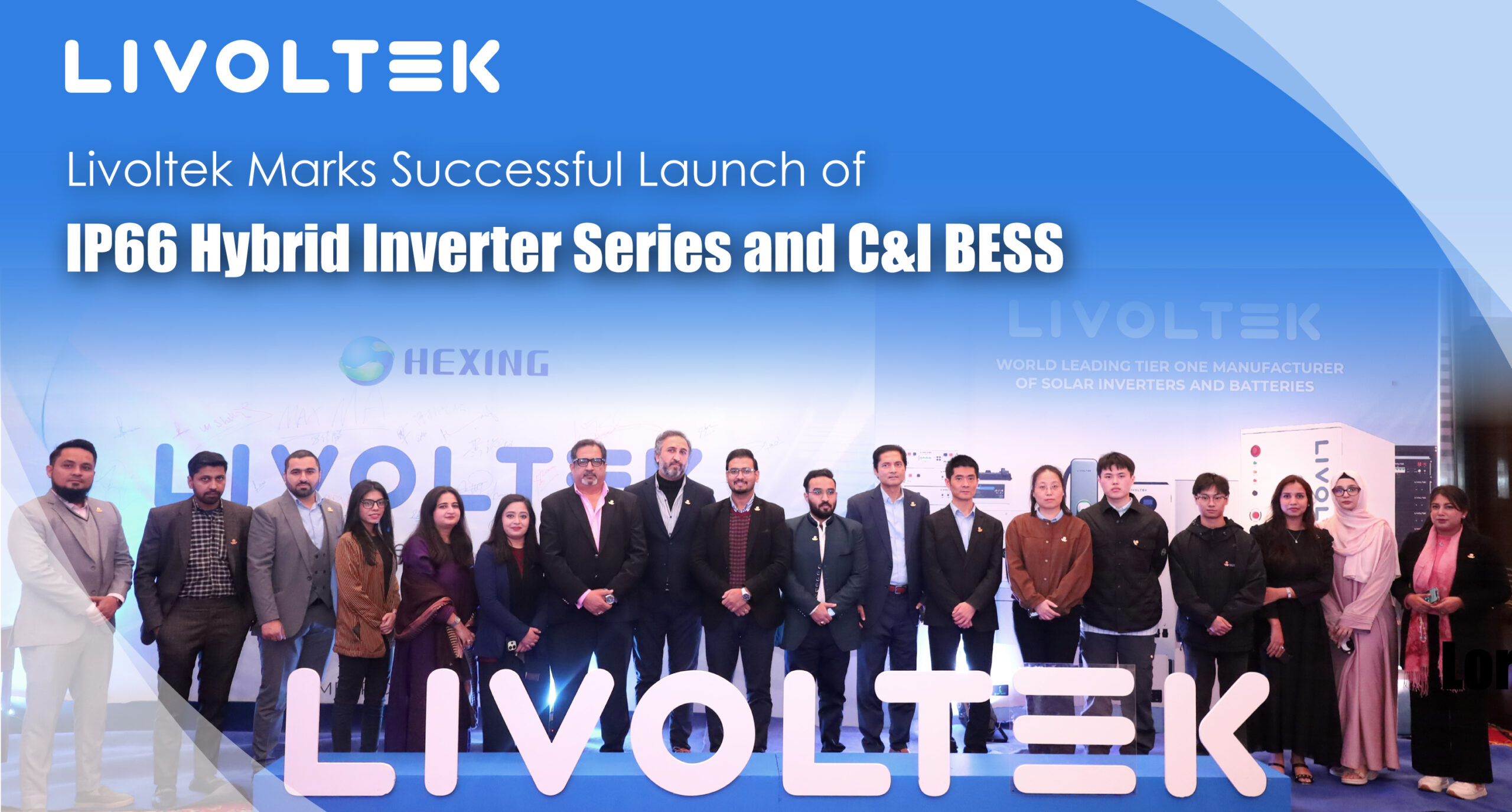Solar farming, the practice of harnessing solar energy, has gained remarkable traction as a sustainable and environmentally friendly means of generating electricity. However, the intermittent nature of solar power generation necessitates integrating energy storage systems to ensure a reliable energy supply. All-in-one energy storage for solar farms has emerged as a crucial component in enhancing the efficiency and effectiveness of solar farming. Our professionals at Livoltek, in this article, will explore five key benefits of using all-in-one energy storage systems in solar farming.
Key Benefits of Using Energy Storage Systems for Solar Farms
Energy storage solutions offer indispensable advantages for solar farms, revolutionizing their efficiency and reliability. By mitigating the intermittency of solar power generation, storage systems ensure consistent energy supply, grid stability, and enhanced integration with the broader energy landscape. Here are the top five benefits enlisted and explained.
Smooth Energy Dispatch and Grid Stabilization
One of the most significant challenges solar farms face is the inconsistency in energy production due to changing weather conditions. All-in-one energy storage systems, which combine battery storage with control systems, address this issue by capturing excess energy during peak production hours and releasing it when demand surpasses supply. This smoothens the energy dispatch process, preventing sudden fluctuations in power output and ensuring a consistent electricity supply to the grid.
Optimized Energy Management
All-in-one energy storage systems our solar energy suppliers provide offer advanced energy management capabilities that allow solar farm operators to optimize their energy usage. These systems can be programmed to charge during off-peak hours when electricity rates are lower and discharge during peak hours when rates are higher. This reduces operational costs and maximizes the financial benefits of solar farming. Additionally, these systems can be integrated with predictive analytics and artificial intelligence algorithms to forecast energy demand patterns accurately, enabling proactive decision-making to balance energy generation and consumption.
Enhanced Grid Resilience by the Best Solar Inverter in Pakistan
Solar farms with all-in-one systems enhance grid resilience by providing a backup power source that can be stored in a wall-mounted lithium battery during unexpected outages or emergencies. In grid failure, these storage systems can seamlessly switch to supplying stored energy, ensuring a continuous power supply to critical loads. This feature is especially valuable in remote areas or regions prone to natural disasters, where maintaining reliable electricity is crucial for essential services like hospitals, communication networks, and emergency response systems.
Go to the services page to get your questions answered about energy storage systems.
Demand Response and Peak Shaving
All-in-one energy storage systems empower solar farms to participate in demand response programs and peak-shaving initiatives. During periods of high electricity demand, these systems can discharge stored energy to alleviate stress on the grid, reducing the need for fossil fuel-based power plants to ramp up production. Solar farms contribute to a more sustainable energy mix by participating in demand response programs and earning incentives from grid operators or utilities.
Integration of Renewable Microgrids
Renewable microgrids, localized energy systems powered by renewable sources like solar, are gaining prominence as a way to achieve energy independence and resilience. All-in-one energy storage systems are pivotal in integrating renewable microgrids within communities, campuses, or industrial complexes. These systems, installed along with the best battery for solar in Pakistan by our expert team, enable efficient energy storage, distribution, and management within the microgrid, reducing reliance on external power sources and enhancing the overall sustainability of the system.
Conclusion
As solar farming expands its footprint as a sustainable energy solution, integrating all-in-one energy storage systems is a pivotal step toward optimizing efficiency and reliability. The benefits discussed in this article highlight how these systems contribute to smooth energy dispatch, grid stabilization, optimized energy management, enhanced grid resilience, and the integration of renewable microgrids. By harnessing the power of solar energy and coupling it with advanced storage technology, solar farms can transform into reliable, adaptable, and eco-friendly contributors to the global energy landscape.
Clients can ask more about energy storage for solar farms by visiting the Contact Us page on the website.
Below are three questions to further answer the energy storage concept for solar farms.
Frequently Asked Questions
What is the energy storage for solar farms?
Energy storage for solar farms involves using advanced battery systems to capture and store surplus energy generated. These storage solutions enable consistent energy supply, grid stability, and optimized utilization of solar power.
What does a solar farm do?
A solar farm is a large-scale installation comprising numerous solar energy equipment that harnesses sunlight and converts it into electricity through photovoltaic technology. It generates clean and renewable energy, contributing to sustainable power generation and reducing carbon emissions.
What are the four main uses of solar energy?
Solar energy serves four primary purposes: electricity generation in residential and industrial settings, powering solar vehicles, and providing lighting in urban and remote areas, offering versatile and eco-friendly energy solutions.



